Space Telescope on a Quest to Solve Dark Matter Delivers First Images
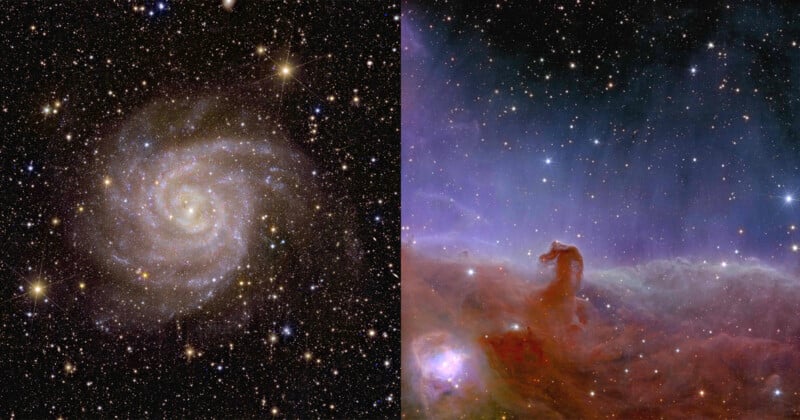
The Euclid space telescope, an instrument designed to solve the greatest mystery of the Universe, has sent back its first stunning images.
Developed by the European Space Agency (ESA), its unprecedented ability to combine breadth, depth, and sharpness will hopefully shed more light on the mysterious dark universe.
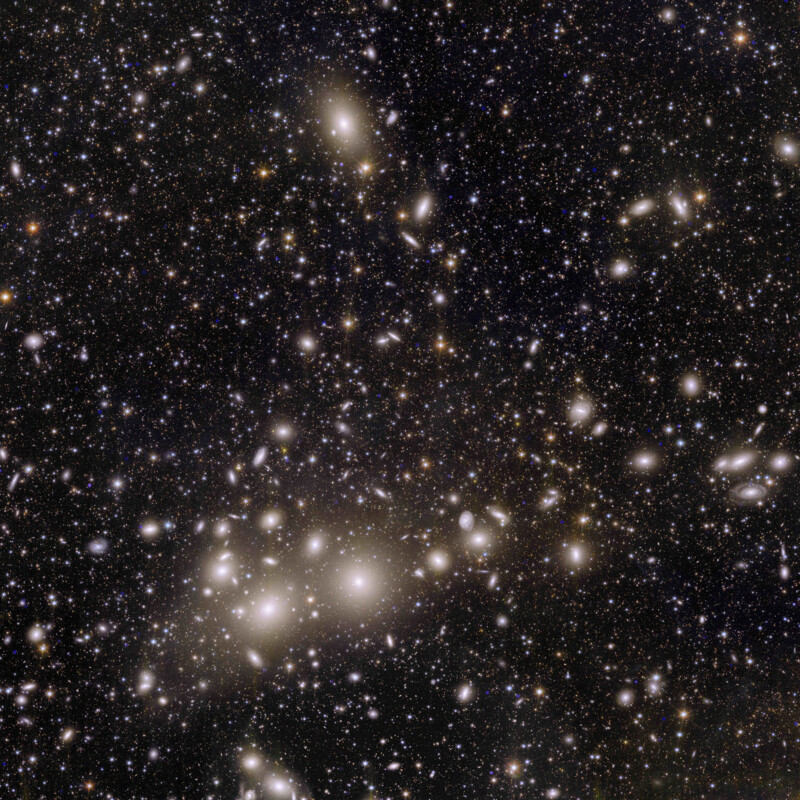
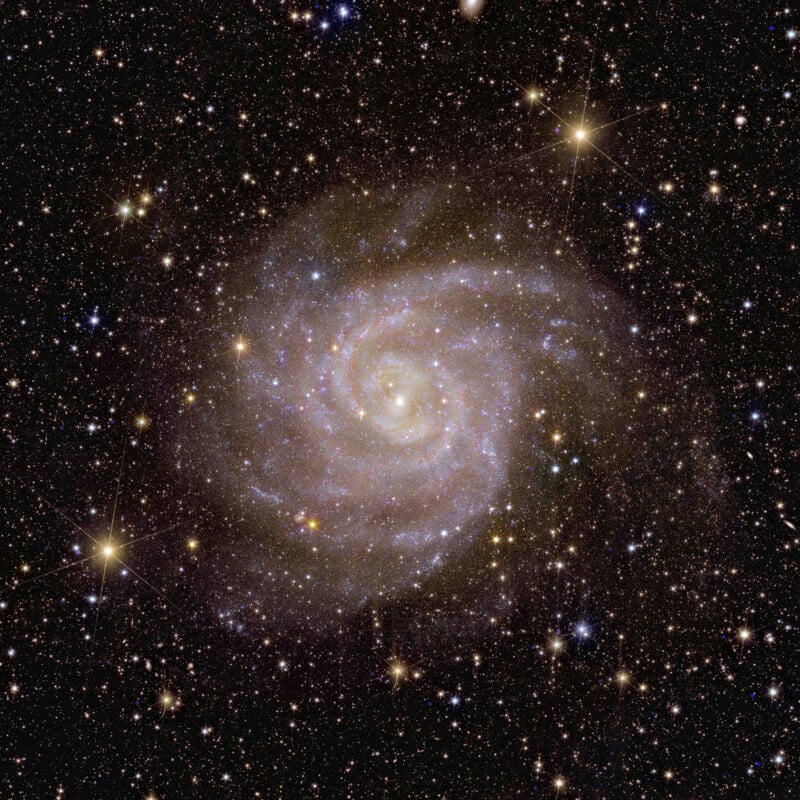
While the James Webb Space Telescope (JWST) has a much higher resolution, it cannot cover the amount of sky Euclid can with its VIS instruments comprising 36 CCD image sensors that capture 609 megapixels of image data, just under 17 megapixels per sensor.
Euclid will need this amount of data as it makes a 3D map of the Universe (time is the third dimension) in a bid to help scientists understand what dark energy and dark matter are.
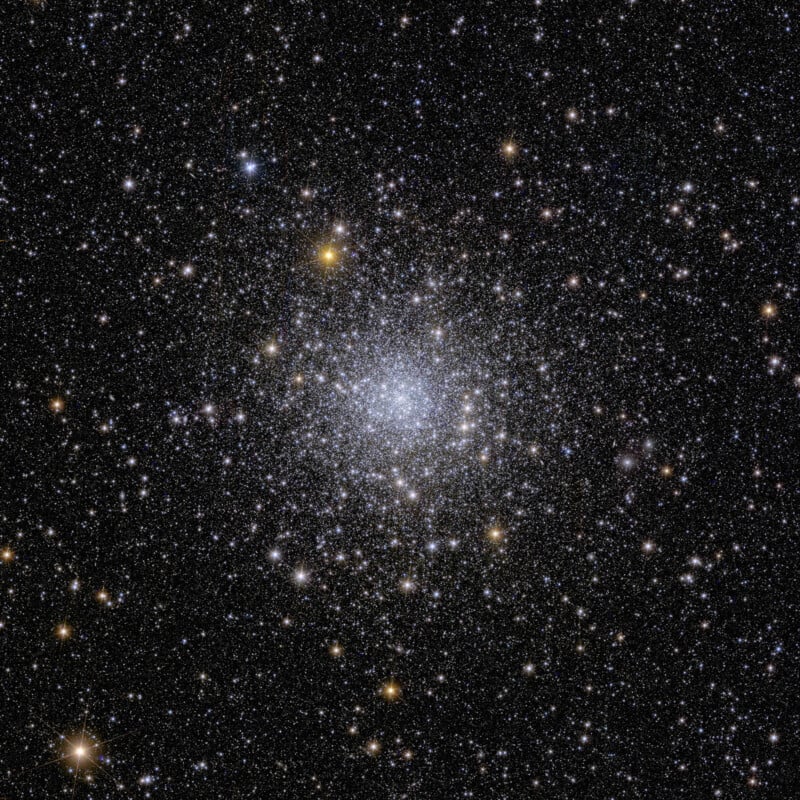
Scientists know that dark energy accelerates the expansion of the Universe and hope that by observing galaxies that are 10 billion light-years away, more will be revealed about the mysterious energy.
Teething Issues
The Euclid telescope was launched in July and not everything went smoothly: Euclid’s optics initially struggled to lock on to stars, capturing loopy star trails. It meant the telescope’s fine guidance sensor required new software.
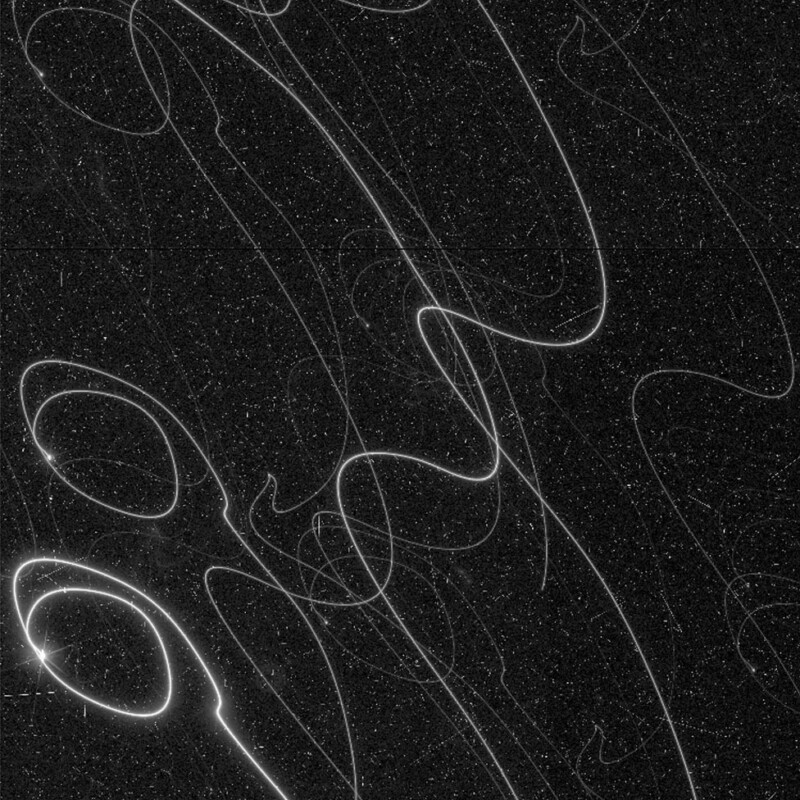
There were also concerns that light was polluting the images when the device was tilted at a certain angle but scientists also resolved this issue.
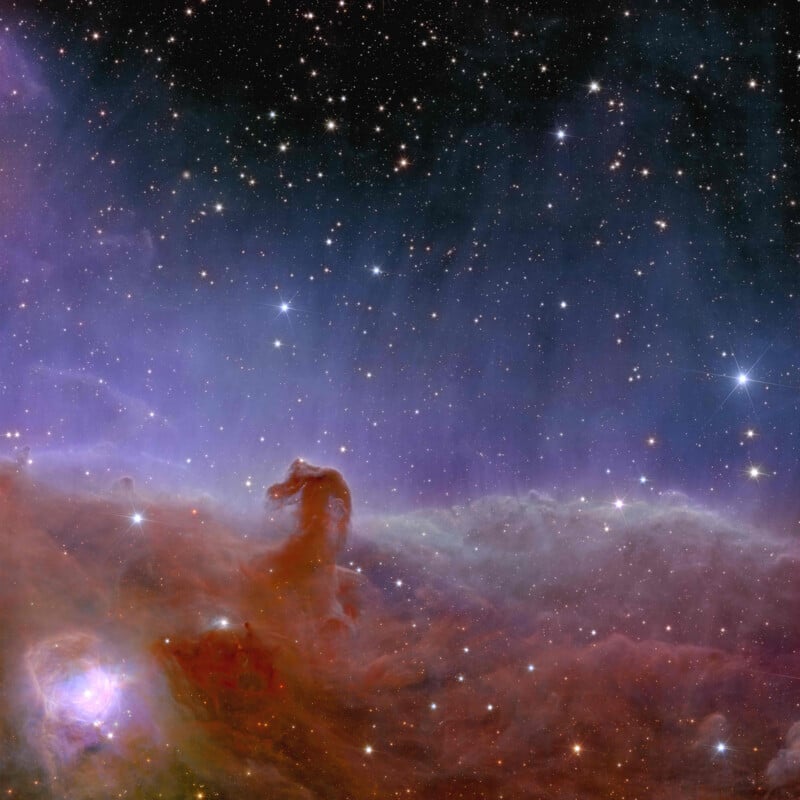
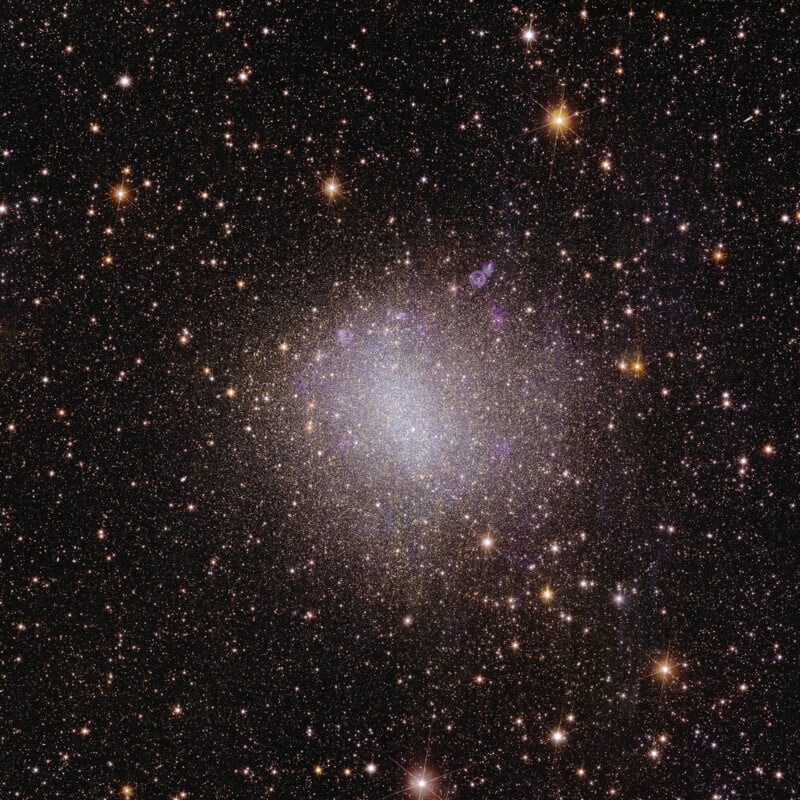
The five images released by the Euclid team yesterday (Tuesday) are a testament that the imaging space probe is working just fine.
“They are fantastic,” Professor Isobel Hook tells the BBC. “I finally saw the images at full resolution on Monday, and they really blew me away. We were expecting Euclid to perform very well and it really has met all our expectations. It’s a big relief and really wonderful to see.”
Image credits: ESA/Euclid/Euclid Consortium/NASA